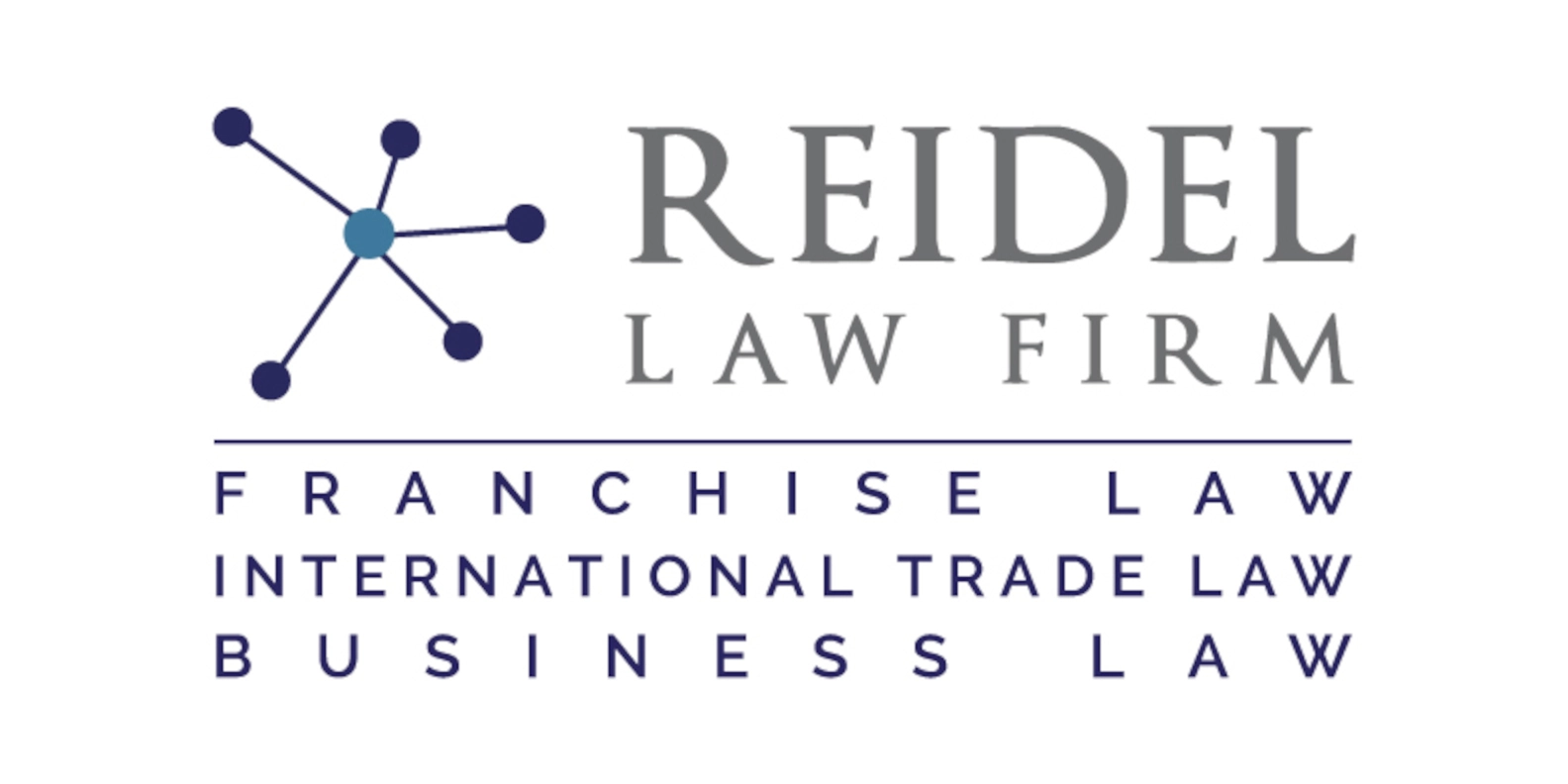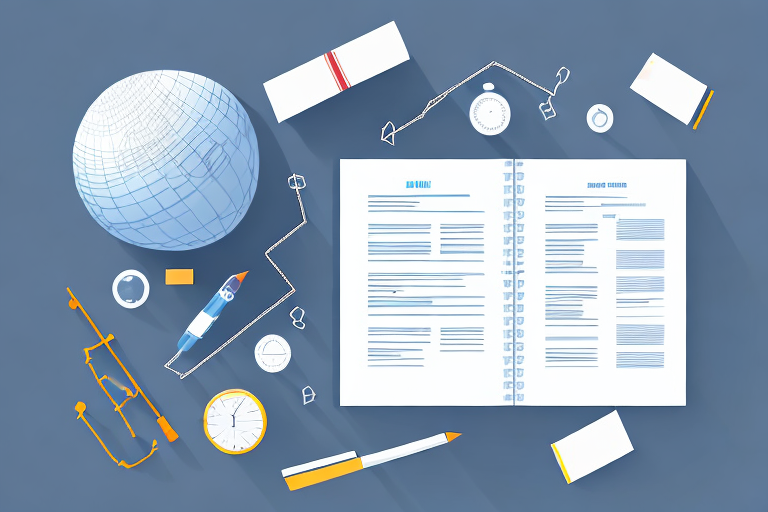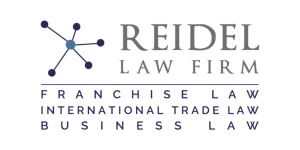Exporting military and defense articles is a complex process that requires careful consideration and adherence to international trade laws and regulations. Understanding the classification of these articles is essential to ensure compliance and successful export. This article will provide a comprehensive overview of the various aspects involved in classifying military and defense articles for export, including export control regulations, accurate classification, key factors to consider, international trade laws and treaties, challenges, classification systems, best practices, determining export control classification number (ECCN), dual-use items, technology controls, compliance considerations, confidentiality and security, government agencies, case studies, training and education programs, implications of misclassification, and the future of classifying military and defense articles for global export.
Understanding Export Control Regulations for Military and Defense Articles
Export control regulations play a crucial role in governing the export of military and defense articles. These regulations are in place to ensure that sensitive technologies, materials, and information do not fall into the wrong hands. The United States, for example, has strict regulations enforced by the Department of State through the International Traffic in Arms Regulations (ITAR) and by the Department of Commerce through the Export Administration Regulations (EAR). Other countries may have their own specific regulations that exporters must comply with.
The Importance of Accurate Classification in Exporting Military and Defense Articles
Accurate classification is vital when it comes to exporting military and defense articles. Proper classification is necessary to determine the applicable export control restrictions and licensing requirements. It involves identifying the specific category or subcategory under which an article falls, as defined in the relevant regulations. Misclassification can lead to serious consequences, including legal violations, financial penalties, reputational damage, and potential threats to national security. Therefore, exporters must ensure that accurate and up-to-date classification is carried out for each article being exported.
Key Factors to Consider When Classifying Military and Defense Articles for Export
When classifying military and defense articles for export, several key factors must be considered. These include the item’s technical characteristics, intended use, capabilities, and military significance. Exporters need to evaluate factors such as the item’s potential for dual-use, its level of sophistication and complexity, the significance of its military applications, and the potential impact on regional and global stability. Additionally, factors like encryption features, proprietary technologies, and the involvement of controlled substances should also be taken into account during the classification process.
Overview of International Trade Laws and Treaties for Exporting Military and Defense Articles
In addition to export control regulations, there are various international trade laws and treaties that govern the export of military and defense articles. These laws and treaties include the Wassenaar Arrangement, the Australia Group, and the Missile Technology Control Regime, among others. These agreements aim to prevent the proliferation of weapons and technologies that could be used for military purposes or by terrorist organizations. Understanding these laws and treaties is crucial to ensure compliance and avoid potential legal implications.
Common Challenges in Classifying Military and Defense Articles for Export
The classification of military and defense articles for export presents several challenges. These challenges include the dynamic nature of technology and its rapid advancements, evolving regulatory frameworks, ambiguous definitions and criteria in the regulations, difference in interpretations across jurisdictions, and the complexity of classifying dual-use items. Exporters must stay informed about these challenges, keep up with regulatory changes, seek expert advice when needed, and ensure that the classification process is thorough and accurate.
Exploring Different Classification Systems for Military and Defense Articles
Various classification systems exist for military and defense articles, which can vary depending on the country and regulatory framework being followed. The United States, for instance, uses the United States Munitions List (USML) and the Commerce Control List (CCL) under the ITAR and EAR, respectively. Each classification system has its own set of categories and subcategories, defining specific types of articles that require export controls. It is crucial for exporters to understand the specific classification system applicable to their articles and ensure proper compliance with the relevant regulations.
Best Practices for Properly Classifying Military and Defense Articles for Export
Proper classification of military and defense articles for export requires adherence to best practices. Some best practices include conducting a thorough technical analysis of the article, seeking expert advice when needed, keeping updated with regulatory changes, maintaining accurate records of the classification process, regularly reviewing and reassessing classifications, and engaging in continuous learning and professional development. Adhering to these best practices helps ensure accurate and compliant classification, reducing the risk of legal violations and facilitating successful exports.
How to Determine the Export Control Classification Number (ECCN) for Military and Defense Articles
The Export Control Classification Number (ECCN) is a critical component of the export classification process for military and defense articles. The ECCN provides a specific code that indicates the level of export control required for a particular article. Determining the ECCN requires careful evaluation of the relevant regulations, including technical specifications, capabilities, and potential military applications of the article. Exporters should consult the applicable regulations, seek guidance from regulatory agencies, and leverage available resources and tools to determine the correct ECCN for their articles.
Navigating the Complexity of Dual-Use Items in the Classification of Military and Defense Articles for Export
Dual-use items, which have both civilian and military applications, present unique challenges in the classification of military and defense articles for export. These items may have legitimate civilian uses but can also have potential military applications. Accurately determining whether an item is dual-use and understanding the associated export control restrictions requires meticulous analysis of its technical specifications, capabilities, and intended use. Exporters need to carefully evaluate the potential risks and consult the applicable regulations to ensure compliance and proper classification of dual-use items.
Understanding the Role of Technology Controls in the Classification of Military and Defense Articles for Export
Technology controls play a significant role in the classification of military and defense articles for export. Technologies that are critical to national security, sensitive military applications, or have unique capabilities require enhanced export controls. These technologies can include software, encryption algorithms, manufacturing processes, and technical data. Exporters must properly evaluate the technologies involved in their articles, assess the impact on national security and defense, and comply with the relevant technology control regulations, such as the ITAR’s Technical Data and Munitions List.
Compliance Considerations in Classifying Military and Defense Articles for Export
Compliance with export control regulations and other applicable laws is of utmost importance in the classification of military and defense articles for export. Exporters must stay fully informed about the regulations, monitor changes and updates, and conduct due diligence to ensure compliance with the requirements. Failure to comply with export control regulations can lead to severe consequences, including criminal charges, fines, loss of export privileges, and reputational damage. Establishing a robust compliance program, conducting regular internal audits, and seeking legal advice when needed are crucial for exporters to maintain compliance.
Ensuring Confidentiality and Security in the Classification Process of Military and Defense Articles for Export
The classification process for military and defense articles requires utmost confidentiality and security. Exporters must handle sensitive information with care to prevent unauthorized access or leakage. Maintaining strict protocols for information security, limiting access to classified information only to authorized personnel, and implementing secure technologies, such as encryption and secure communication channels, are essential. Exporters should also ensure compliance with applicable laws and regulations regarding the protection of classified information to maintain the confidentiality and integrity of the classification process.
The Role of Government Agencies in the Classification of Military and Defense Articles for Export
Government agencies play a vital role in the classification of military and defense articles for export. These agencies are responsible for regulating and overseeing the export of sensitive technologies and materials. In the United States, the Department of State’s Directorate of Defense Trade Controls (DDTC) administers ITAR, while the Department of Commerce’s Bureau of Industry and Security (BIS) oversees EAR. Exporters may need to interact with these agencies, submit license applications, seek guidance, and comply with reporting requirements to ensure proper classification and export compliance.
Case Studies: Lessons Learned from Previous Challenges in Classifying Military and Defense Articles for Export
Examining case studies provides valuable insights into the challenges faced in the classification of military and defense articles for export. Lessons can be learned from previous instances of misclassification, compliance failures, or successful classification processes. Analyzing these case studies can help exporters understand the potential pitfalls, identify common mistakes, and adopt strategies to mitigate risks. Case studies also demonstrate the importance of accurate classification and the implications of non-compliance, strengthening the commitment to rigorous classification practices.
Training and Education Programs to Enhance Knowledge on Classifying Military and Defense Articles for Export
Training and education programs play a crucial role in enhancing knowledge and skills related to the classification of military and defense articles for export. There are various industry-specific training programs, workshops, and online courses available that cover the fundamentals of export control regulations, classification techniques, and compliance strategies. Participating in such programs helps exporters stay up-to-date with regulatory changes, understand best practices, and develop a comprehensive understanding of the complexities involved in classifying military and defense articles for export.
Implications of Misclassification on the International Trade of Military and Defense Articles
Misclassification of military and defense articles can have far-reaching implications on international trade. It can lead to legal violations, strain diplomatic relations, compromise national security, and create potential risks for global stability. The export of misclassified articles can also result in the unauthorized transfer of sensitive technologies or materials to prohibited individuals or entities. Consequently, the economic and political consequences of misclassification can be severe for both exporting countries and the international community as a whole. Proper classification is crucial to prevent these implications and ensure responsible international trade of military and defense articles.
The Future of Classifying Military and Defense Articles for Global Export
The future of classifying military and defense articles for global export is likely to be influenced by ongoing technological advancements, evolving security threats, and changes in international trade policies. As technology continues to develop at an unprecedented pace, new challenges and complexities in classification are expected to emerge. Governments may revise regulations, enhance cooperation, and establish international standards to adapt to these changes. Exporters must stay vigilant, continuously enhance their knowledge and capabilities, and remain adaptable to future developments to effectively navigate the evolving landscape of classifying military and defense articles for global export.
In conclusion, classifying military and defense articles for export involves numerous factors, regulations, and considerations. Accurate and compliant classification is essential to ensure adherence to export control regulations, prevent the misuse of sensitive technologies, and maintain international security. Exporters must keep abreast of regulatory changes, follow best practices, seek expert advice when needed, and continuously enhance their knowledge and skills to effectively classify military and defense articles and contribute to responsible global trade.



